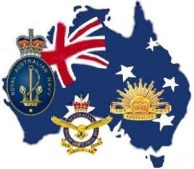
How do submarines get compressed air?
Submarines are marvels of engineering that operate under the surface of the sea, often for extended periods. One of the critical aspects of their design is the ability to maintain a breathable atmosphere for the crew. Compressed air is not only vital for breathing but also for the operation of various systems aboard the submarine.
The process of obtaining and storing compressed air in a submarine is quite fascinating. Submarines have several methods to ensure a constant supply of fresh air. Primarily, they use an oxygen generator, which forms oxygen through the electrolysis of water. This is a process where electrical current is used to split water molecules into oxygen and hydrogen. The oxygen is then released into the submarine’s atmosphere, while the hydrogen is safely vented outside.
In addition to the oxygen generator, submarines are equipped with pressurized tanks that store large volumes of compressed air. These tanks are filled when the submarine is at the surface and can be used to quickly increase the oxygen levels inside the submarine if needed. Moreover, oxygen canisters, which release oxygen through a chemical reaction, are also present as a backup system. These canisters can be activated to provide an immediate supply of oxygen in case of an emergency.
The air inside a submarine is carefully monitored and controlled. Carbon dioxide scrubbers remove CO2 from the air, ensuring that the atmosphere remains safe and breathable. Humidity and other impurities are also regulated to maintain a comfortable environment for the crew.
It’s important to note that while submarines can produce their own oxygen, they still need to surface periodically to replenish their air supplies and ensure all systems are functioning correctly. Modern nuclear submarines, however, can stay submerged for months at a time, thanks to their advanced air regeneration systems.
So the ability to generate compressed air is a testament to the ingenuity of submarine design, allowing these vessels to operate independently beneath the waves, providing a self-sustaining environment for those on board.



